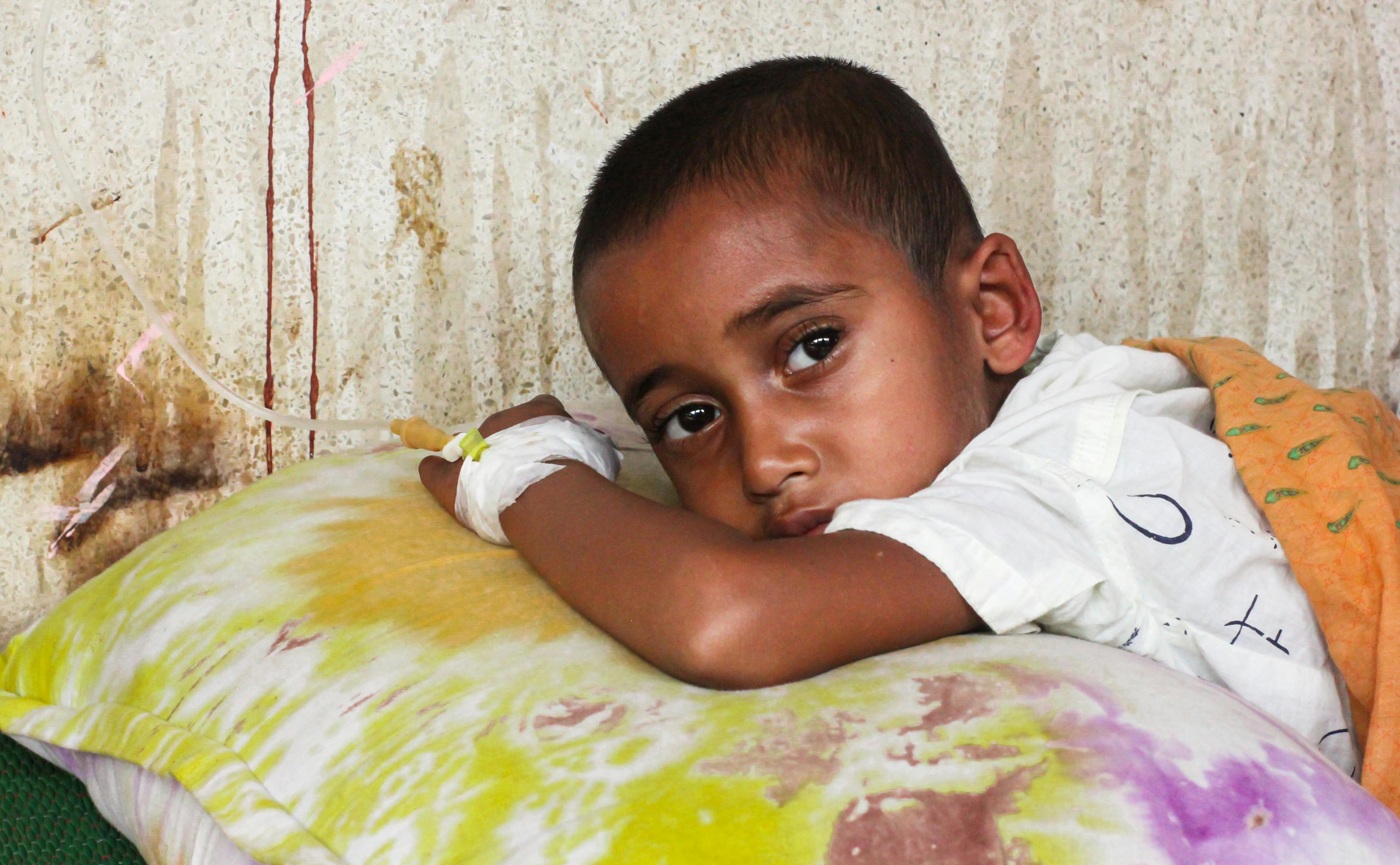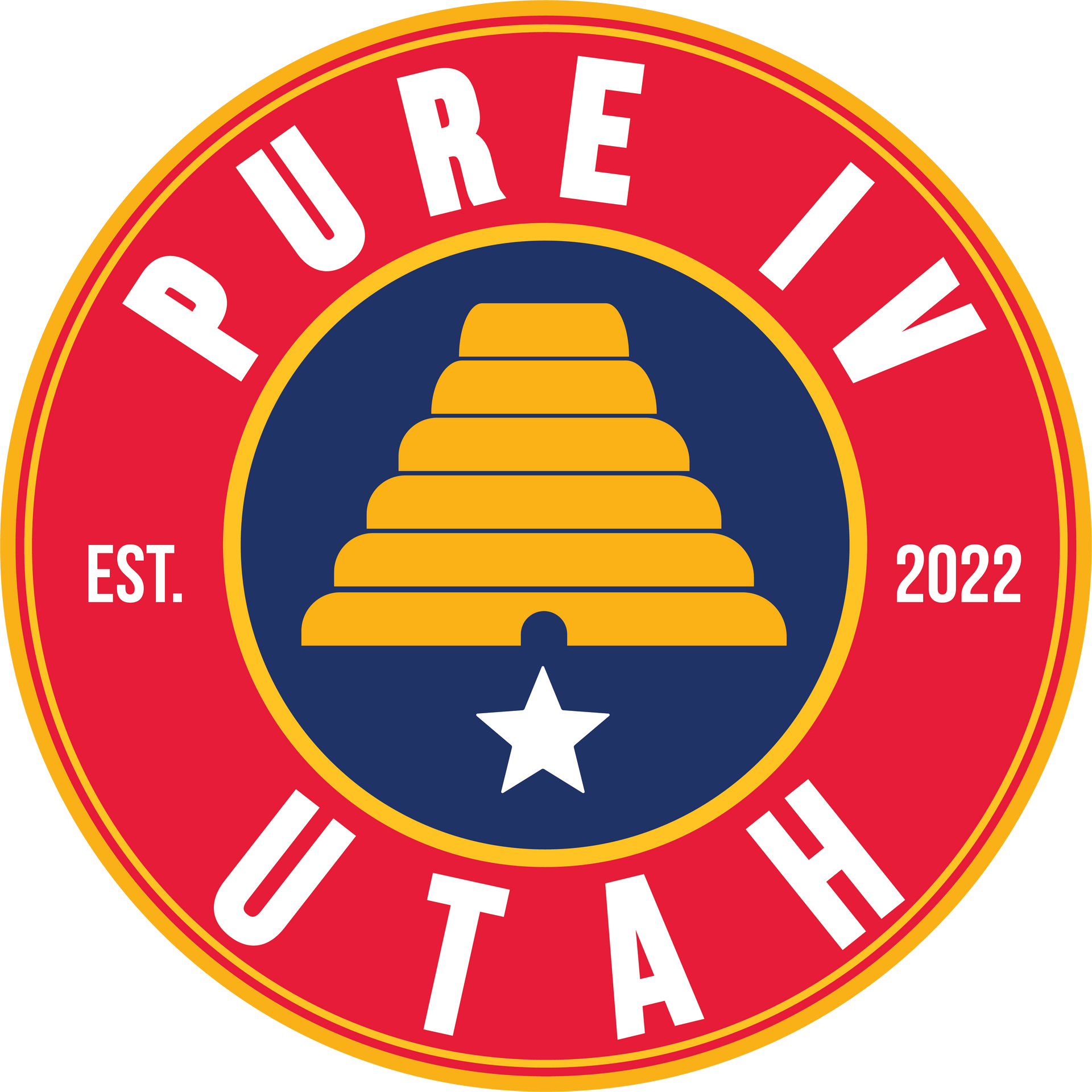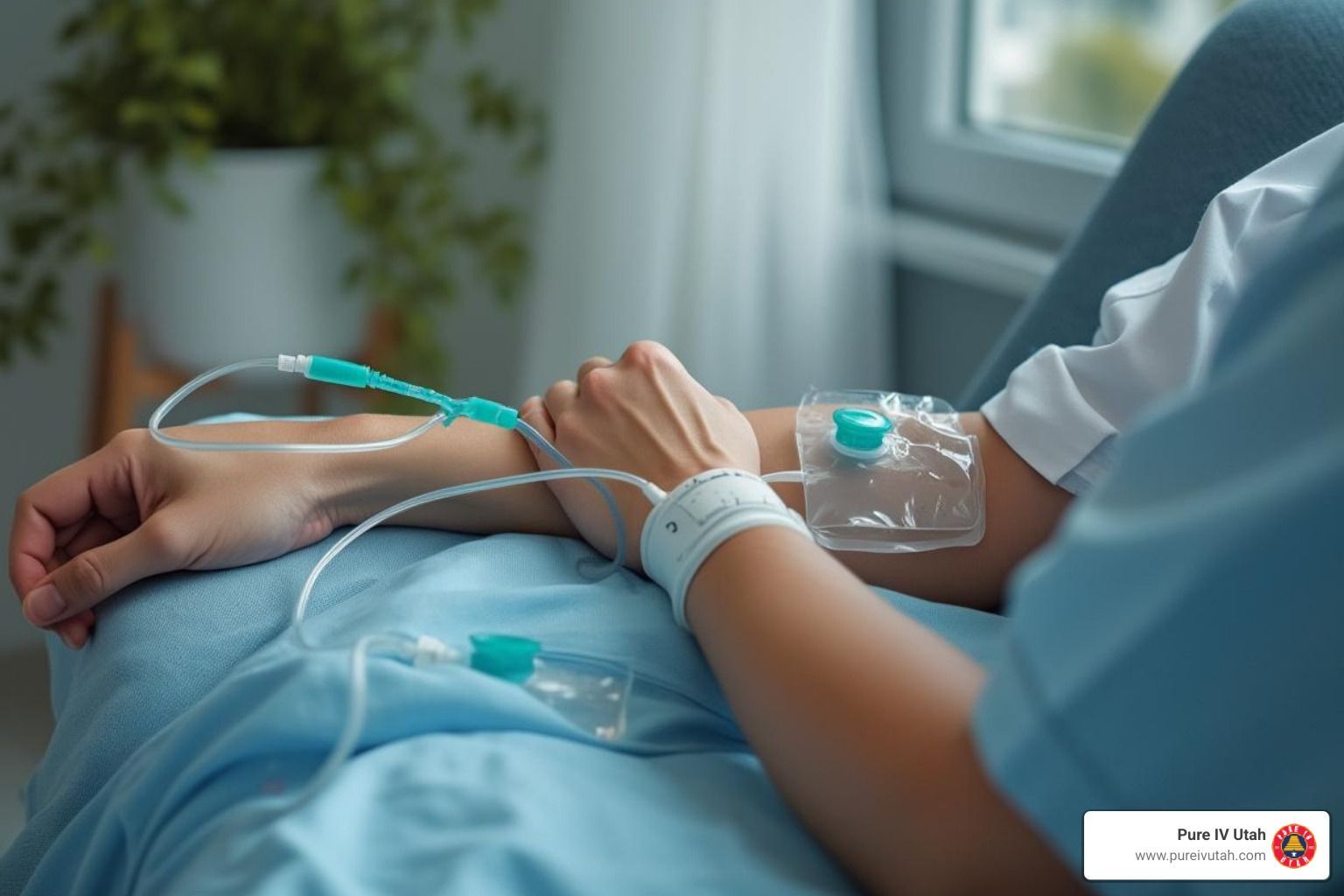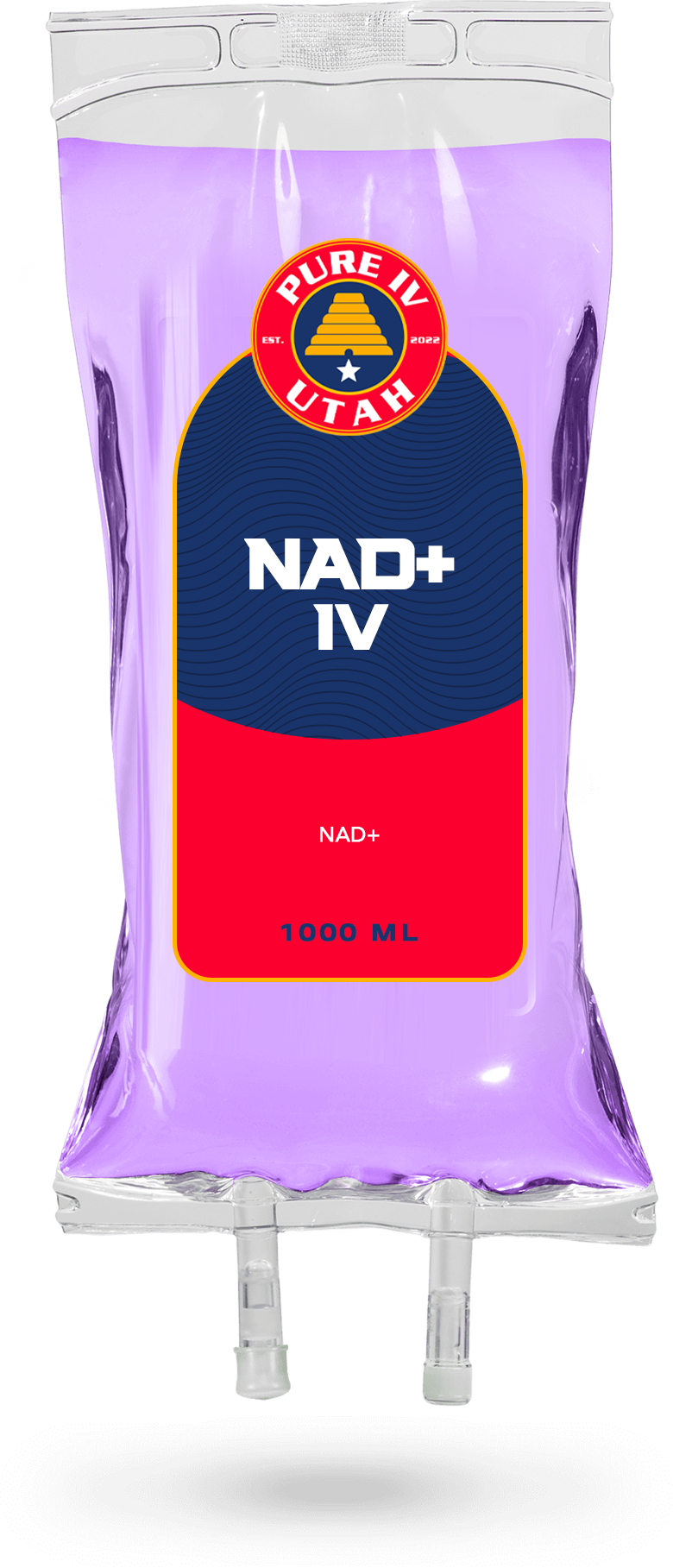Little Patients, Big Questions: Can Kids Get IV Therapy?

Medically reviewed by Micaela Strevay, FNP-C, PMHNP-BC
Joseph Lopez • July 10, 2025
Table of Contents
When Parents Wonder: Can Kids Get IV Therapy?

Can kids get IV therapy? Yes, children can receive IV therapy, but specific age, weight, and consent requirements must be met. Most providers require children to be at least 12-14 years old or weigh a minimum of 100 pounds, with both parental consent and the child's agreement to the procedure.
Quick Answer for Parents:
- Age Requirements: Usually 12-14+ years old
- Weight Requirements: Minimum 100 pounds (some providers)
- Consent Needed: Both parent and child must agree
- Medical Approval: Board-certified pediatrician oversight required
- Safety: Administered by licensed nurses with pediatric experience
As a parent, you might find yourself asking this question when your child is struggling with dehydration from a stomach bug, recovering from intense sports activities, or dealing with severe morning sickness as a teen. The good news is that IV therapy can be a safe and effective treatment option for children when administered properly by qualified medical professionals.
The research shows that almost all hospitalized children will require an IV line at some point during their treatment. But what about mobile IV therapy at home? The answer depends on several factors including your child's age, weight, medical history, and the specific provider you choose.
I'm Joseph Lopez from Pure IV Utah , and through our mobile IV therapy service, I've helped many families understand when and how can kids get IV therapy safely. Our team works under board-certified pediatrician oversight to ensure the highest safety standards for younger patients.

Why Children Might Need an IV: Common Medical Reasons
Picture this: your child has been throwing up for hours, can't keep water down, and you're watching them weaken. In situations like this, IV therapy quickly replaces the fluids and electrolytes lost far faster than oral drinks can.
Children dehydrate faster than adults because of their smaller bodies and higher metabolism. The leading reasons we see for pediatric IV calls are:
- Severe vomiting or diarrhea that makes oral fluids impossible
- High fevers that cause heavy sweating and fluid loss
- Stomach flu or food-borne illness when both ends are “on strike”
- Post-surgery recovery when eating or drinking is restricted
- Malnutrition or absorption disorders that need nutrients delivered directly
- Intense athletic events where teens sweat for hours and can’t rehydrate fast enough
Our Mobile IV Therapy for Quick Relief from Cold and Flu and Fast Recovery from Stomach Flu with Mobile IV Therapy services frequently help children who have reached the point where water, sports drinks, or oral rehydration solutions just aren’t cutting it.
Research highlighted in How IV Hydration Improves Recovery from Illnesses in Utah shows that direct IV replacement shortens recovery time significantly compared with oral methods. When your child is miserable, shaving even a day off their illness matters.
The key takeaway: if fluids are coming back up as fast as they go down, or if dehydration signs (dry mouth, dizziness, dark urine, lethargy) appear, it’s time to ask whether IV therapy is appropriate. A quick assessment by our pediatric team can tell you in minutes.
Age, Weight, and Consent: The Rules for When Kids Get IV Therapy

When parents ask "can kids get IV therapy," the answer depends on meeting specific age, weight, and consent requirements. These guidelines aren't just red tape - they're carefully designed safety measures that protect children while ensuring successful treatment.
Age requirements vary between providers, but most mobile IV therapy services set their minimum at either 12 or 14 years old . The reasoning behind this isn't arbitrary. Older children are more likely to sit still during the procedure and understand what's happening. They can communicate if they're feeling uncomfortable and are generally more cooperative during the 30-60 minute treatment session.
For some children who don't meet the age requirement, there's often a weight-based alternative . Many providers, including Pure IV Utah, will consider treating younger children who weigh at least 100 pounds . This weight threshold relates to proper dosing calculations and the child's physical ability to handle the procedure comfortably.
The dual consent requirement makes pediatric IV therapy unique. Unlike adult treatments where only the patient's consent is needed, treating minors requires agreement from both the parent or guardian and the child themselves . This means even if you're ready to move forward as a parent, your child must also be willing to receive the treatment.
This dual requirement serves an important purpose beyond legal compliance. A child who doesn't want the IV will likely be anxious, move around, or resist the procedure - making it more difficult and potentially unsafe. When both parent and child are on board, the experience is much smoother for everyone involved.
Medical director approval adds another layer of safety for pediatric cases. At Pure IV Utah, our medical director is a board-certified pediatrician, which allows us to safely treat a broader range of younger patients. This pediatric expertise is crucial when determining if a child is a good candidate for mobile IV therapy.
For the youngest patients - infants and toddlers - there's typically an extra screening process due to their small body size and the additional monitoring required. These cases are handled strictly based on medical director discretion and require detailed medical information from parents.
| Age Group | Typical Requirements | Special Considerations |
|---|---|---|
| 12-14+ years | Standard age requirement | Must be willing to cooperate |
| Under 12 but 100+ lbs | Weight exception may apply | Extra screening required |
| Infants/Toddlers | Medical director discretion | Intensive monitoring needed |
The screening process involves reviewing the child's medical history, current symptoms, and overall health status. Parents should be prepared to provide detailed information about their child's condition, any medications they're taking, and previous medical experiences.
These requirements exist to ensure that when children do receive IV therapy, it's done safely and effectively. The goal is always to help your child feel better while maintaining the highest safety standards throughout the process.
A Parent's Guide to the IV Process: Before, During, and After

When parents ask “can kids get IV therapy?” they usually mean “will my child handle it?” The answer is yes—especially when you know what will happen and how to help.
Your presence is powerful. Studies, including the Helping Your Child Through an IV or Blood Test guide, show that a calm parent lowers a child’s stress and pain scores.
Simple Prep Steps
- Explain in kid-friendly words: “A tiny straw goes in your vein to give your body a drink.”
- Keep your child hydrated and warm before we arrive; plump, warm veins are easier to access.
- Dress them in loose sleeves and bring comfort items (tablet, stuffed toy).
- Ask about numbing spray or cream—most kids barely feel the stick when we use them.
What Happens During the Session
- A registered pediatric nurse inspects the hand or arm, cleans the skin, and places a small plastic cannula.
- Fluids flow for 30–60 minutes while your child watches a movie, listens to music, or plays on a tablet.
- We continuously check the IV site, flow rate, and your child’s comfort.
Suggested distractions: deep breathing, videos, audiobooks, stories, fidget toys. Most children settle within minutes once the show starts.
Quick After-Care Checklist
- Expect a tiny red dot or mild soreness; a bandage protects the site.
- For the next 24 hours look for unusual redness, swelling, or pain. Call us if it worsens.
- Typical recovery: better energy, appetite, and mood within a few hours.
For detailed post-care tips refer to IV-Line Care.
With clear communication, good distraction, and skilled nurses, IV day often ends with a relieved child asking, “That’s it?”
The Science of Safety: Fluids, Risks, and Professional Care

Safety drives every decision we make at Pure IV Utah. Hospital-level protocols travel with our nurses through the Home IV Therapy Utah: Convenient Healthcare at Your Doorstep program.
Team & Protocols
- Licensed RNs with pediatric experience
- Board-certified pediatrician medical director
- Sterile technique, weight-based dosing, and emergency meds on hand
What’s in the Bag?
Most children receive an isotonic saline base (0.9% NaCl) with balanced electrolytes. When needed, glucose or vitamins are added. Doses follow the Holliday-Segar formula and the NICE guidelines. A SickKids study of 110 patients found isotonic fluids cut the risk of hyponatremia versus older hypotonic recipes.
Risks & How We Reduce Them
Minor: brief discomfort, small bruise
Rare: infection, allergic reaction, fluid overload, electrolyte imbalance
Pre-screening, sterile insertion, continuous monitoring, and pediatric oversight make these problems exceedingly uncommon, a fact supported by the JAMA Pediatrics trial.
During treatment we track vitals, IV site appearance, and flow rate. Anything concerning? We pause, adjust, or escalate immediately.
Bottom line: with the right fluids, right dose, and right professionals, IV therapy is as safe at home as it is in the hospital—but a lot more comfortable.
Frequently Asked Questions About Pediatric IV Therapy
How long does a pediatric IV session take?
From set-up to clean-up most sessions last 30–60 minutes . Insertion takes about 5 minutes, the drip 20–45 minutes, and removal another few minutes. We never rush a nervous child.
Can IV therapy help with athletic recovery in teens?
Yes. Heavy training can leave teens several liters short on fluids and electrolytes. An IV bypasses the gut and rehydrates faster than sports drinks, helping prevent cramps and fatigue so athletes can return to practice sooner.
Is IV therapy for children covered by insurance?
Coverage hinges on medical necessity . If a physician orders IV treatment for severe dehydration, many plans reimburse. Elective wellness drips usually are out-of-pocket, though HSA/FSA dollars apply. We provide transparent direct-pay pricing; see our Pure IV Therapy FAQ for details.
Conclusion: Making an Informed Choice for Your Child's Health
Can kids get IV therapy? The answer is yes, and after reading this guide, you now have the knowledge to make an informed decision for your family. When your child is struggling with dehydration from a stomach bug or needs rapid recovery support, IV therapy can be a safe and effective solution.
What We've Learned Together: The journey through pediatric IV therapy doesn't have to be overwhelming. We've seen that with proper age and weight requirements, dual consent protocols, and qualified medical professionals, can kids get IV therapy safely and effectively. The key is working with providers who understand the unique needs of younger patients.
The Real Benefits for Your Family: When your teenager can't keep fluids down after a bout of stomach flu, or when your young athlete needs rapid recovery after intense training, IV therapy offers something oral rehydration simply can't match. The direct delivery of fluids and electrolytes bypasses the digestive system, providing relief in hours rather than days.
We've helped countless families avoid unnecessary emergency room visits for dehydration. Instead of spending hours in a hospital waiting room with a sick child, our mobile service brings professional care directly to your living room.
Safety You Can Trust: Your child's safety is never negotiable. That's why we maintain hospital-level standards with our board-certified pediatrician medical director oversight and licensed nurses who specialize in pediatric care. Every treatment follows strict medical protocols, from the initial assessment through post-treatment monitoring.
The research is clear - when proper protocols are followed and qualified professionals administer treatment, IV therapy is safe for children. Our commitment to safety means comprehensive screening, continuous monitoring, and immediate access to emergency protocols if needed.
Your Role as an Informed Parent: You know your child better than anyone. Trust your instincts about their needs, ask questions about the treatment process, and ensure you're comfortable with every aspect of their care. The best medical decisions happen when parents are fully informed and actively involved.
Choosing IV therapy isn't just about treating symptoms - it's about helping your child feel better faster so they can get back to being kids. Whether that's returning to school after illness or getting back on the soccer field after intense training.
Pure IV Utah: Your Partner in Care: We're proud to serve families throughout Utah, from South Jordan to Salt Lake City, Provo to Park City, and St. George. Our mobile service eliminates the stress of travel while maintaining the highest safety standards. When you choose Pure IV Utah, you're choosing licensed nurses who bring hospital-level care to your home.
Ready to Take the Next Step? If you're considering IV therapy for your child, we're here to answer your questions and guide you through the process. Our team can help determine if your child is a good candidate for treatment and explain exactly what to expect.
When it comes to your child's health and comfort, you deserve a partner who understands both the medical requirements and the emotional needs of families. We're honored to be that partner for families throughout Utah.
For more information about our services and to explore how we can help your family, visit Explore Our IV Services.




